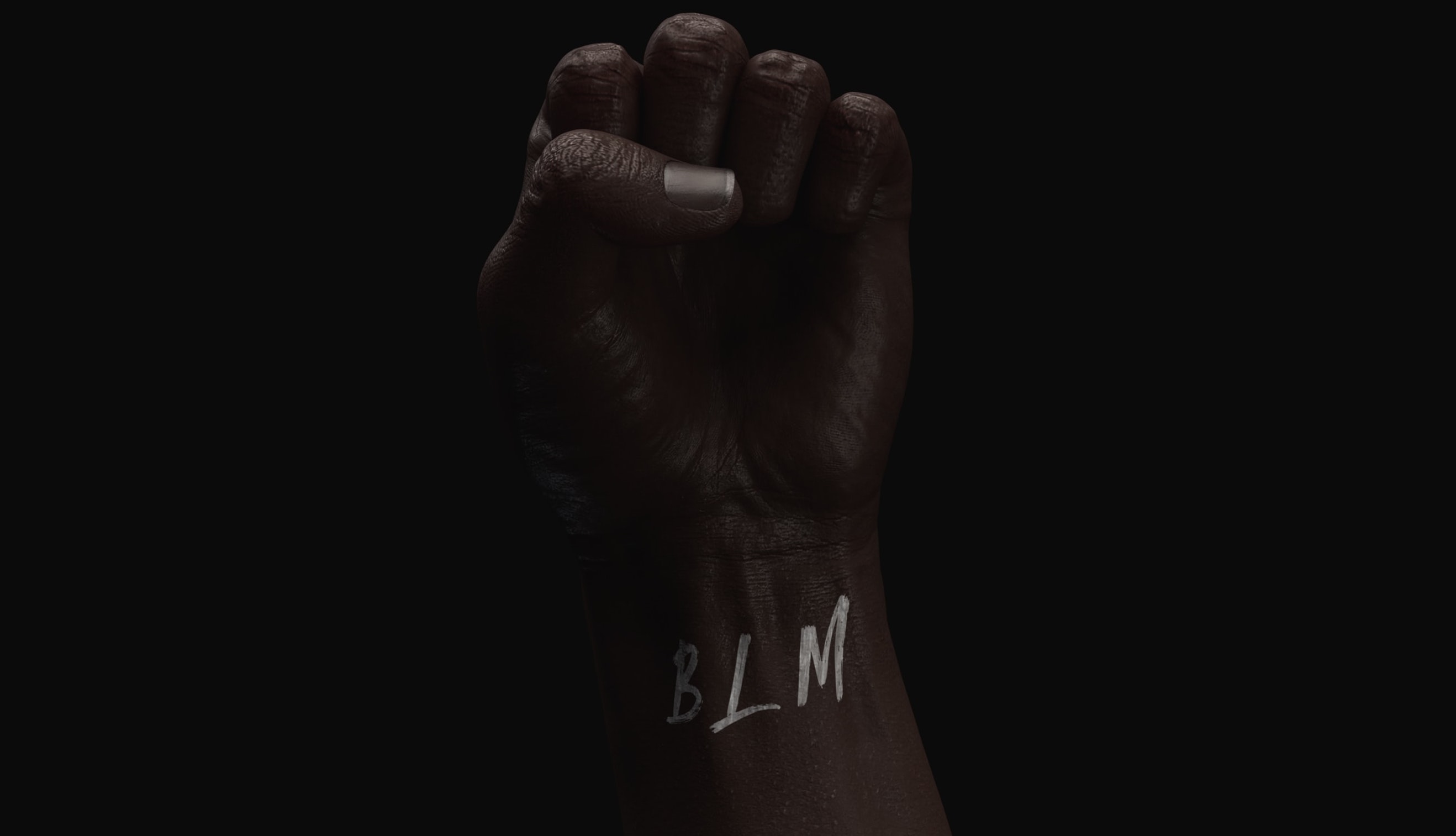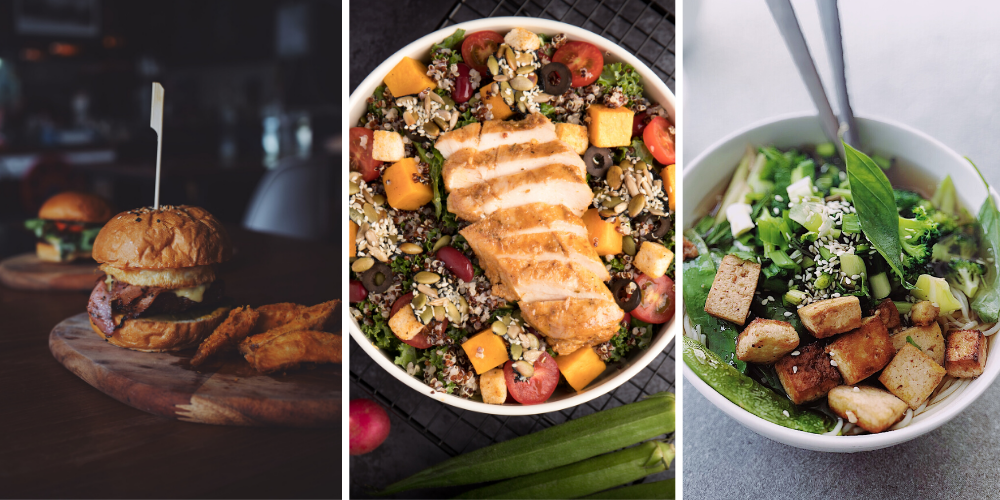
Coronavirus has changed everything. From how we shop, work and socialise to our attitudes towards mental health and the environment. We’ve become more cautious and considered, more aware of our impact on others. We’ve been forced to be more insular but have learnt to be more community minded. And we’ve gained renewed perspective on the things that really matter.
The post Covid-19 world will be different in so many irreversible ways. Consumers will fundamentally change their expectations and behaviours and brands must innovate in order to adapt. We asked our global customer insights community what their post Covid-19 world looks like in order to get a feel for the key trends that will shape the future. Here’s what they told us…

Event dining and AI delivery
One of the sectors hit hardest during the pandemic, restaurants will have a rough time regaining their dine-in customer base. Consumers have gotten used to lives without eating out and have seen the huge benefits of this in terms of the money they are saving. And when our global focus group community does return to dining, they’ve told us it will be treated more as an event – characterised at first by belated celebrations missed during lockdown.
“First thing we are going to do as a family is go out for a big meal to celebrate not only all our birthdays but our 19th anniversary.”
Bulbshare user, 39 🇬🇧
“Once the bans are lifted, I cannot wait to get together with my family to celebrate all the birthdays and anniversaries we have missed!”
Bulbshare user, 46 🇬🇧
Factors such as high unemployment rates, the fear of a second wave of Covid-19, and realisations around savings made during lockdown will mean restaurants have to rethink their entire business models to get consumers back through the door. We’ve already seen how imperative takeaway and delivery options are, and they will continue to be the main source of revenue for restaurants that survive this period of isolation. Enter AI delivery. In the UK, a robotic delivery service by Starship Technologies is already autonomously bringing fresh food to almost 200,000 residents of Milton Keynes. No human drivers or curriers involved, just a small, cooler-sized vehicle.
Brand Takeaway: Brands must be creative yet compassionate. It’s important to change your business model to best fulfill your consumer needs during this time. Maybe that means introducing more prepared, cook-it-yourself meals and less cooked-to-order, expensive foods. Or, reinventing the dining experience to be a celebratory event, for groups of friends and families to have a delicious dinner within socially distancing guidelines. Or, even more forward-thinking concepts like embracing technology in a traditionally human-centric exchange.
Family Values
If there’s anything our consumer community agrees on, it’s that being isolated from family and loved ones has been one of the more difficult consequences of lockdown. But, almost 50% of our global customer community members said they will not meet up in large groups of people even after stay-at-home restrictions are lifted. Many are still afraid for their health and safety, and actively want to protect others in their households. Most immediate post-lockdown interactions will be to visit family members they haven’t been able to see, whether because of travel restrictions or susceptibility to disease.
“Go and visit my family who live 200 miles especially my grandparents and give them some presents.”
Bulbshare user, 28 🇬🇧
“If the situation is fully controlled, I will run to see my family who live in another state to hug and kiss them more than ever. I will walk with my family on trails that have not been before, we will explore more in nature and take more care of it.”
Bulbshare user, 27 🇲🇽
This unprecedented time forces us to reexamine our relationships with our elderly as well as our children, and a renewed appreciation of family will continue to be a priority for consumers. Once it becomes safe and acceptable to travel on vacation again, it won’t be to escape the monotony of everyday life anymore, it will be to purposefully reconnect with family in far away places and strengthen bonds. A global health crisis, unprecedented economic challenges, and rapid culture shifts allow consumers to reexamine what is most important to them.
Brand Takeaway: Messages around family, community, time and quality will have more meaning post Covid-19 vs those that focus on status and luxury. Take a step back and reexamine the basics of your brand. With much less disposable income, most consumers want to make a purchase feeling that it is going to better themselves or their family’s lives, not that it was unnecessary.
Work / Life balance
We’ve turned our homes into more than just our living spaces – they’re now our offices as well. There are much more distractions around us, and it has changed our perspective on what it means to be productive. Some people struggle with the relaxed way of working, but some people thrive in the flexibility it provides. While we don’t know when the Coronavirus will disappear, safety precautions like working from home and digital communication between team members will most likely be the norm for years to come.
“I believe my life will be changed by social interaction. I won’t be physically speaking to people as much as before Covid-19. I think I’ll be speaking to them more digitally, so more video calling and texting.”
Bulbshare user, 30 🇺🇸
"I'd like to keep working from home. Sadly that probably won't be the reality, but I actually liked it."
Bulbshare user, 32 🇦🇺
In fact, big corporations like Twitter have already put policies into place allowing employees to choose to work from home indefinitely. They will not open their offices until September, and even then, employees won’t ever have to come in at all if they feel their health is at risk. With the skyrocketing success of video platforms like Zoom and Google Hangout, there’s no need to fit twenty people into a crowded boardroom, and many more companies will follow in Twitter’s footsteps because of this. We’ve been living in the age of the digital revolution for years, but implementing completely digital workspaces into our daily lives drastically speeds it up. Many people are having to quickly learn new technologies and our practice with them everyday is developing new virtual routines that will live on, such as no more long commutes to an office building, no more 9 to 5 workdays, and juggling productivity with things like childcare and maintaining healthy sleeping and eating habits.
Brand Takeaway: There’s no more avoiding the digital revolution. Brands should target consumers who can benefit from online accessibility. With this, a flawless user experience is key, as employees who are learning to navigate recent technology will need products that help them, rather than frustrate them. Even though working from home means less face to face interaction, it’s still important to emphasize that a company is still a community made up of strong connections.

Meaningful trips and virtual vacations
Even though lockdown restrictions are cautiously being lifted, we won’t return to normal life for quite some time. Vacations, cruises, business trips, and more have all been postponed indefinitely, and people are itching to leave their homes. We asked our digital research community what will be on the top of their to-do list as we emerge on the other side of Covid-19, and many mentioned planning for a much-needed vacation.
“I will definitely go with my family on a trip to finally get out of the house probably will be visiting interesting places.”
Bulbshare user, 31 🇵🇱
“The first thing that I will do after all of these things is I want to set a date to go for a vacation. It is not that I have never gone on a vacation but due to the coronavirus, we know that a lot of people may suffer from depression due to many reasons. One of them is because they are being apart with family… So, I would like to go for a vacation to release my stress and to ensure that my emotion is going well after this.”
Bulbshare user, 32 🇲🇾
However, what’s different about these future vacations is that consumers will take on a whole new mindset when planning their travels. It’s not just a vacation for the sake of it anymore, it’s for a specific purpose that Covid-19 has brought forward, like making the effort to see family, or traveling to better their mental health and enrich themselves, because people realise that time is precious. Sadly, regular travel seems like it is still a ways away. In the meantime, destinations all over the world have been utilising technology to provide a virtual cure for wanderlust. Immersive VR experiences such as getting a 360 degree view of iconic wonders of the world like the Taj Mahal, Sphinx, and Stonehenge or perusing through famous museums like the Louvre from your home are alternatives for consumers still being very cautious about the risks travel poses to their health.
Brand Takeaway: The coronavirus pandemic has reminded consumers of the importance of having strong family bonds, so the term ‘family vacation’ takes on a deeper meaning than before, and is an opportunity for brands to emphasize the benefits of travelling and having once in a lifetime experiences with loved ones. In addition, the virus has also shifted consumer’s focus onto their own mental health, so brands can utilise travel or other forms of vacation as ways of grounding oneself in stressful times.
Home dining and healthy living
One of the prominent themes we see emerging in the post Covid-19 world is the need for self-improvement- mentally, emotionally, and physically. This elusive virus that seems to affect people of all ages and lifestyles can pose as a dose of reality for consumers, and allows them to realise how fragile life really is, therefore it is vital we take care of ourselves.
With restaurants no longer open to dine in, and consumers being very careful with their spending, many are getting into the healthy habit of cooking meals for themselves at home, learning what comprises a healthy meal and even getting creative with recipes. Home exercises are also rising to popularity, along with no-equipment workouts like running and walking that also function as an excuse to get some fresh air. These lifestyle changes won’t go away anytime soon, and while some are eager for gym facilities to open, many are still concerned with the germs that can easily spread and will choose to stick to their home routines for a while. In terms of mental health, it’s no shock that the current state of the world and being isolated indoors has caused many to feel anxious and depressed. The positive side is, consumers are actively looking to help themselves in this aspect whether it be through online therapy, meditation courses, or enjoying hobbies with their newfound free time. Our global community has stated many different ways they’ll be taking charge of their wellbeing after this.
“I'm gonna spend time with my friends. Also I'm gonna go back to work (finally). I want to go for a walk, ride a bike. And really care for myself and my mental health- go for a psychologist and psychiatrist appointment. I want to start to volunteer in a local shelter.”
Bulbshare user, 23 🇵🇱
“I don’t really take time for myself, so I think one thing I will start doing is taking more care of my health. So exercising more on a regular basis and really making that impact on my lifestyle to stay healthy.”
Bulbshare user, 28 🇬🇧
Brand Takeaway: We are seeing a lot of messaging around people having no excuse for a lack of productivity during lockdown. But, it’s a good idea to remind consumers that it’s okay to have days where they don’t feel like doing anything. It’s a powerful mental wellbeing check for people to hear from a brand that there’s no right way to process a global health crisis. Brands that emphasise that everyone has an individual experience while promoting the benefits of nutrition, exercise and counselling will stand out from the crowd by being understanding yet transparent.














